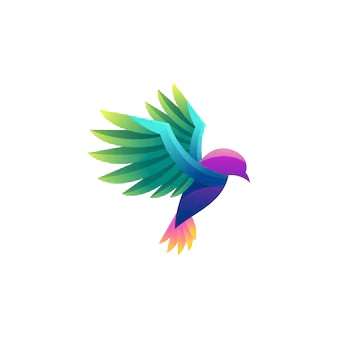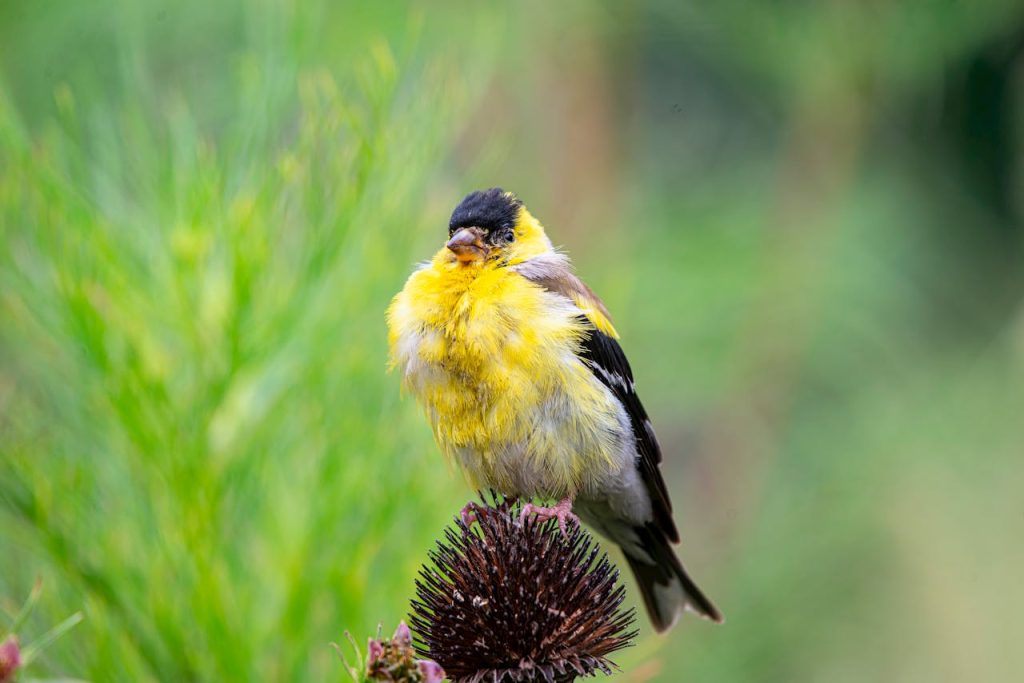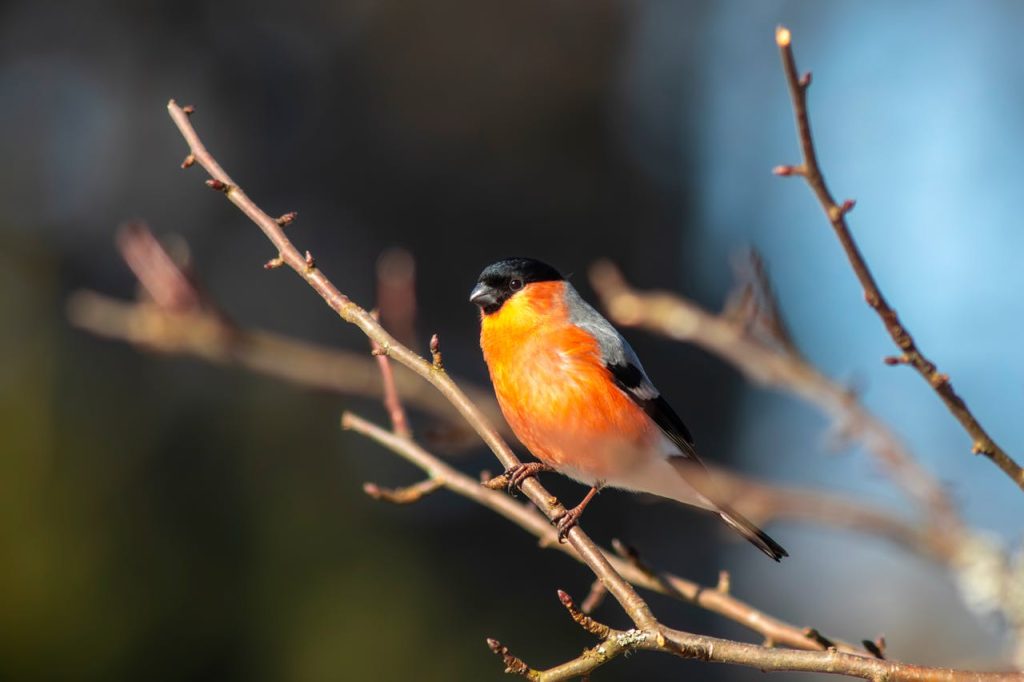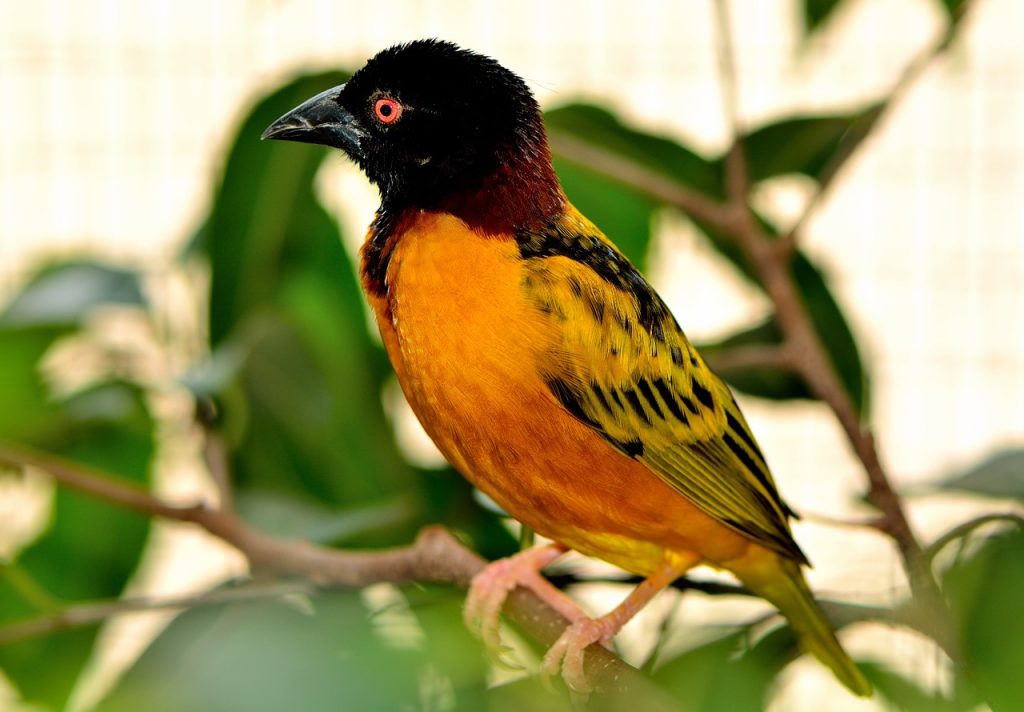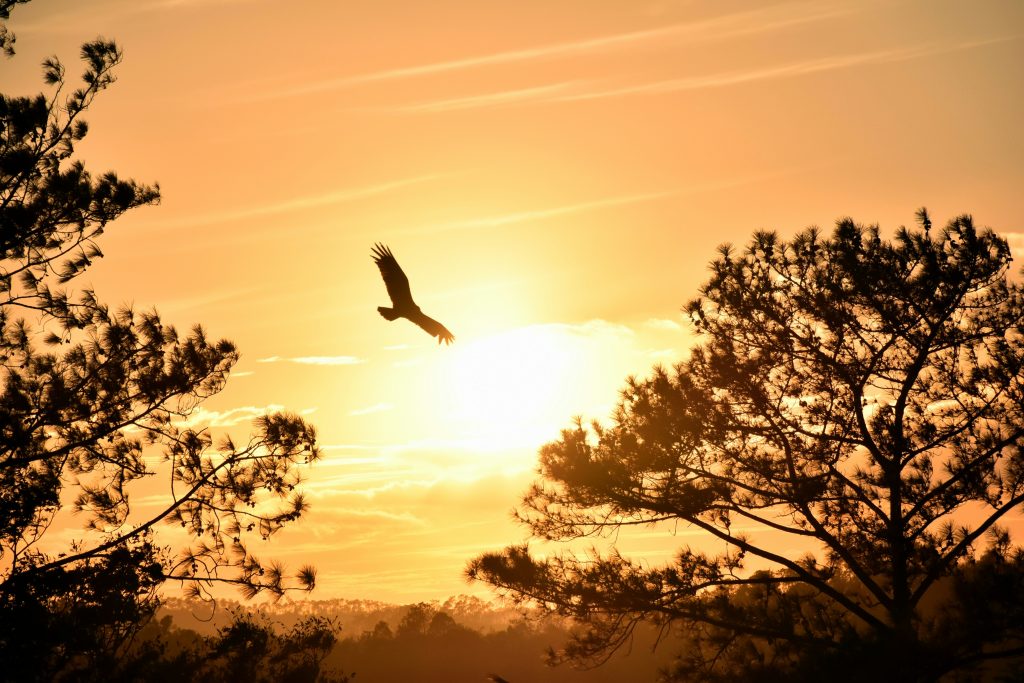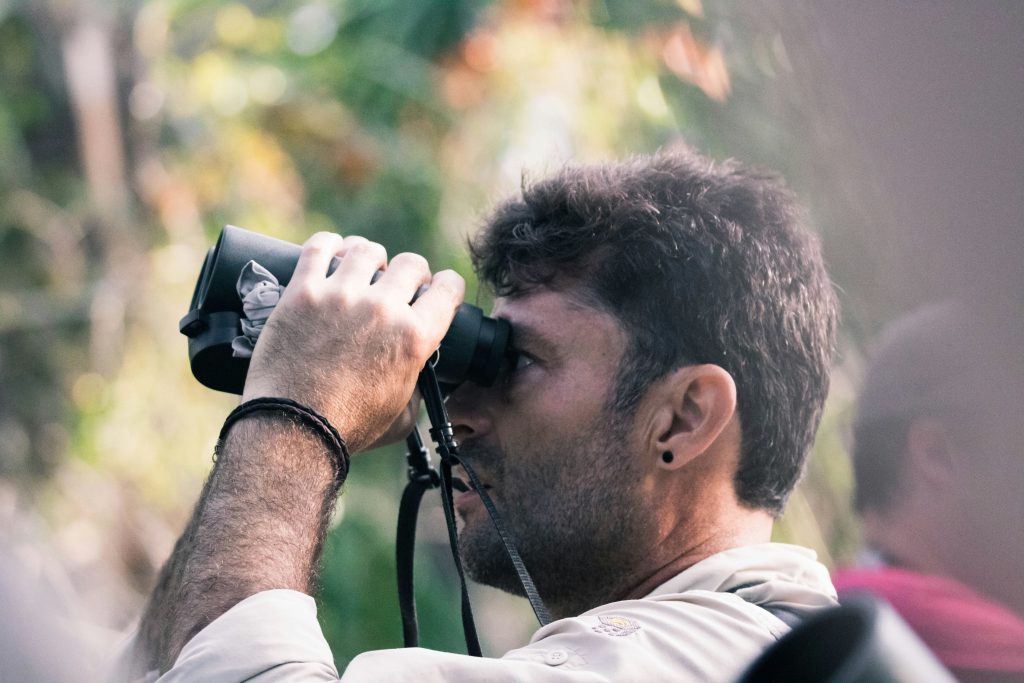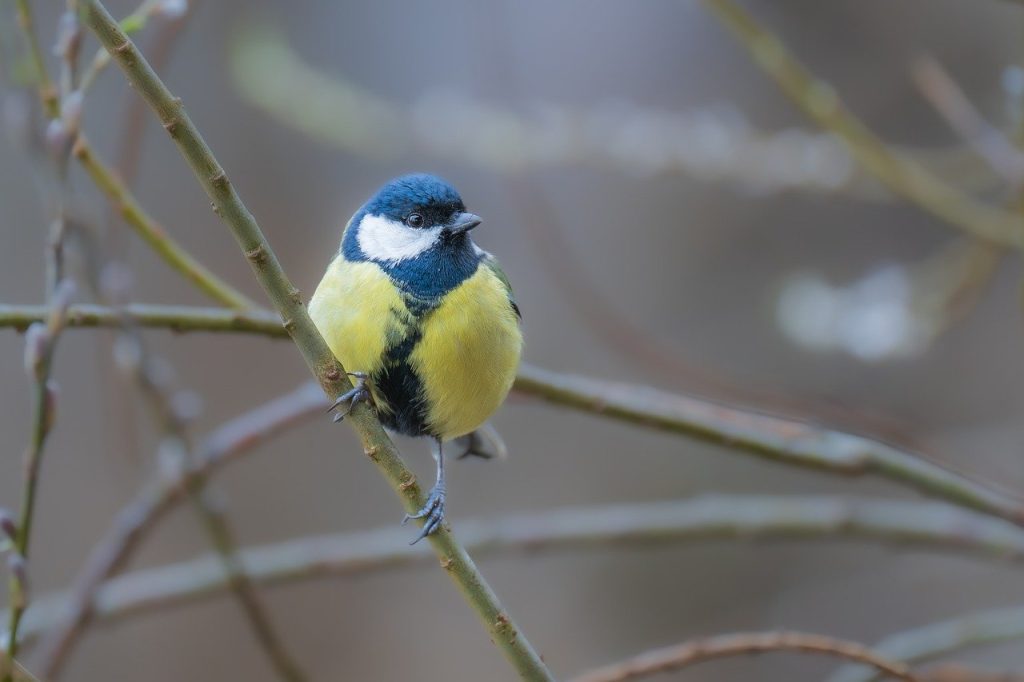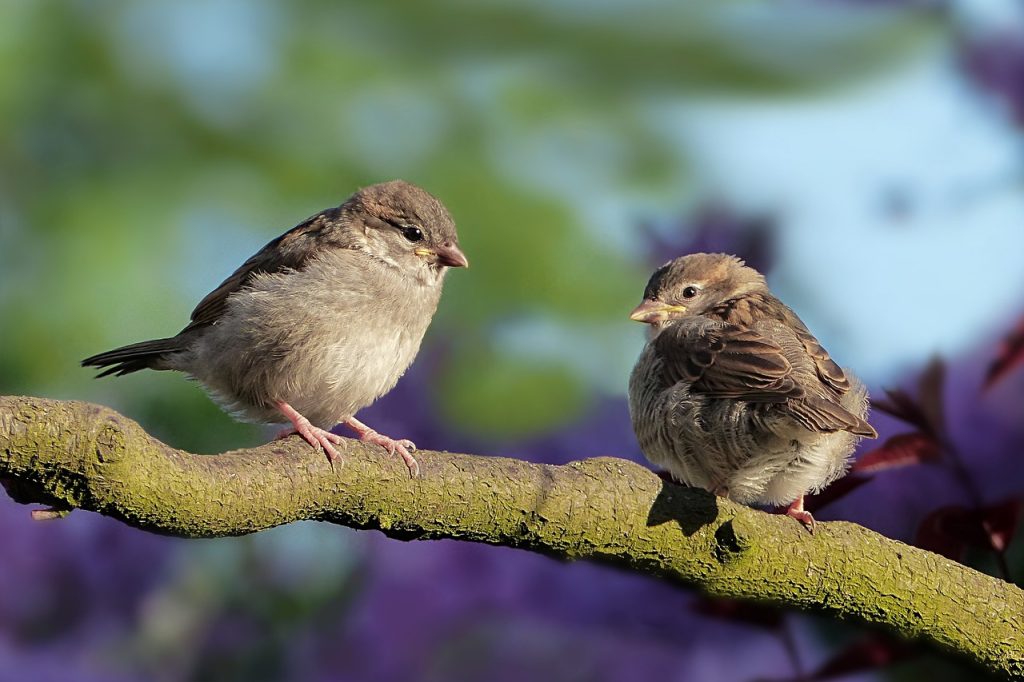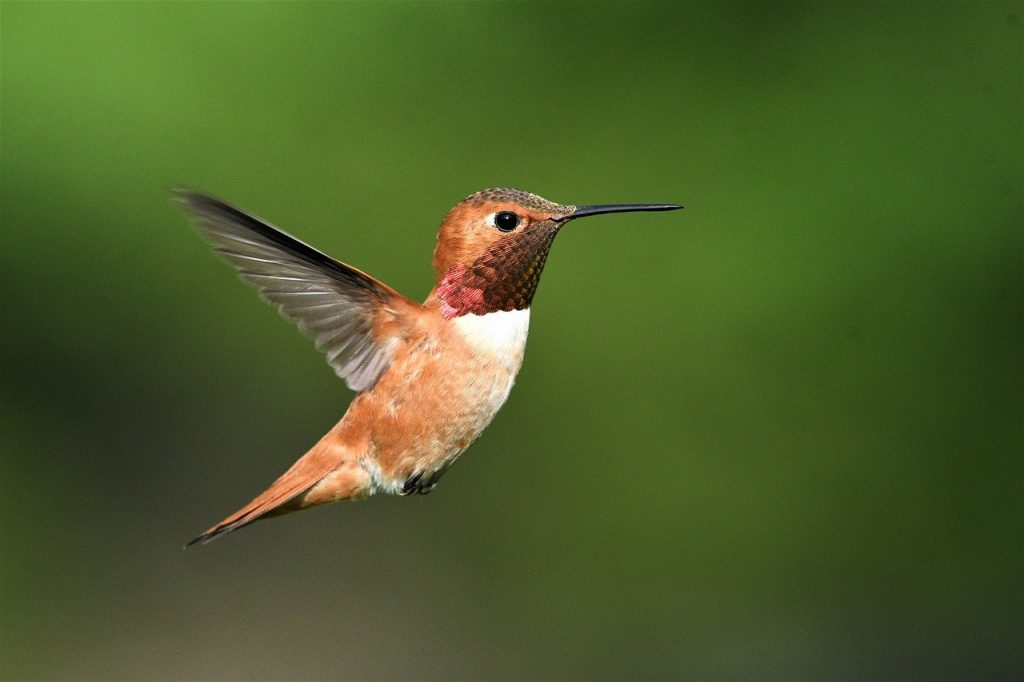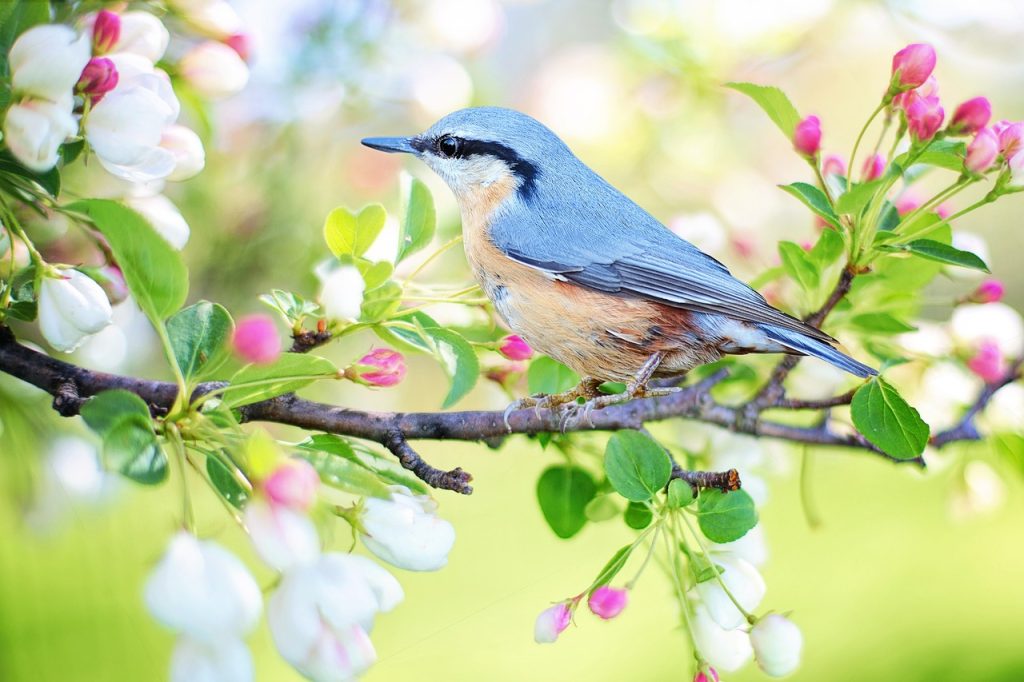Birds are among the most diverse and captivating creatures on Earth, found in almost every environment from the Arctic tundra to tropical rainforests. They enchant us with their vibrant colors, melodic songs, and remarkable behaviors. This article delves into the intriguing world of birds, exploring their biology, behaviors, and the vital roles they play in ecosystems. Anatomy and Physiology of Birds Birds are a class of animals known as Aves, characterized by feathers, beaks, and a high metabolic rate. Their unique anatomy is adapted for flight, though some species are flightless. Feathers Feathers are perhaps the most distinctive feature of birds. They provide insulation, aid in flight, and play a crucial role in communication and mating displays. There are several types of feathers, including: Skeletal Structure Birds have a lightweight but strong skeletal structure. Many of their bones are hollow, reducing weight without sacrificing strength. The keel, a prominent breastbone, provides an attachment point for powerful flight muscles. Respiratory System Birds have a highly efficient respiratory system, necessary for the high oxygen demands of flight. Their lungs are complemented by air sacs, allowing a continuous flow of air through the lungs, ensuring they receive a constant supply of oxygen. Beaks and Feet Birds’ beaks and feet are adapted to their diets and lifestyles. For example, raptors have sharp, hooked beaks for tearing flesh and strong talons for catching prey, while seed-eating birds have strong, conical beaks for cracking seeds. Bird Behavior Birds exhibit a wide range of behaviors, many of which are complex and highly developed. Migration One of the most remarkable behaviors of birds is migration. Many species travel thousands of miles between breeding and wintering grounds. This arduous journey is guided by a combination of genetic predisposition, environmental cues, and learned behavior. Mating and Reproduction Birds have diverse mating systems, ranging from monogamy to polygamy. Courtship displays are often elaborate, involving song, dance, and the presentation of colorful plumage. Nests are constructed in a variety of forms, from simple scrapes on the ground to intricate woven structures. Communication Birds communicate using a combination of vocalizations and visual signals. Songs and calls can convey a range of messages, from attracting mates to warning of predators. Visual signals, such as the display of bright feathers or specific postures, also play a crucial role in communication. The Ecological Importance of Birds Birds play vital roles in ecosystems, contributing to biodiversity and ecological balance. Pollination and Seed Dispersal Many birds, such as hummingbirds and honeyeaters, are important pollinators. They transfer pollen between flowers while feeding on nectar. Similarly, frugivorous birds (those that eat fruit) help in seed dispersal, aiding in plant reproduction and forest regeneration. Pest Control Birds help control insect populations. For example, swallows and flycatchers consume large quantities of insects, while raptors like hawks and owls prey on rodents. This natural pest control is essential for maintaining healthy ecosystems. Scavengers Scavenging birds, such as vultures, play a crucial role in cleaning up carrion. By consuming dead animals, they help prevent the spread of diseases and recycle nutrients back into the ecosystem. Birds and Humans Birds have had a profound impact on human culture, economy, and scientific understanding. Cultural Significance Birds have been revered in many cultures throughout history. They appear in mythology, literature, and art as symbols of freedom, wisdom, and power. For instance, the bald eagle is a symbol of strength and freedom in the United States, while the phoenix represents rebirth and immortality in various mythologies. Birdwatching Birdwatching, or birding, is a popular pastime that connects people with nature. It encourages conservation and raises awareness about the importance of protecting bird habitats. Birdwatching also contributes to local economies through ecotourism. Scientific Research Birds have been subjects of extensive scientific research, contributing to our understanding of evolution, behavior, and ecology. Charles Darwin’s observations of finches in the Galápagos Islands were pivotal in the development of his theory of natural selection. Conservation Challenges Despite their resilience, birds face numerous threats from human activities. Habitat Loss Deforestation, urbanization, and agriculture have led to significant habitat loss, impacting bird populations worldwide. Wetlands, forests, and grasslands are being destroyed at alarming rates, reducing the available habitat for many bird species. Climate Change Climate change poses a serious threat to birds. Altered weather patterns, shifting seasons, and rising temperatures affect migration patterns, breeding success, and food availability. For example, many migratory birds are arriving at their breeding grounds too early or too late, missing the peak abundance of food needed for raising their young. Pollution Pollution, including pesticides, plastics, and oil spills, negatively impacts birds. Pesticides can poison birds directly or reduce their food sources by killing insects. Plastic waste is often ingested by birds, leading to injury or death. Oil spills contaminate water bodies, affecting aquatic birds by coating their feathers and disrupting their ability to regulate temperature. Hunting and Trade Illegal hunting and the trade in wild birds also threaten many species. Birds are hunted for their meat, feathers, and as trophies. Additionally, the exotic pet trade targets species such as parrots and songbirds, leading to declines in wild populations. Conservation Efforts Conservation efforts are crucial for protecting bird species and their habitats. Protected Areas Establishing protected areas, such as national parks and wildlife reserves, provides safe havens for birds. These areas help preserve critical habitats and offer a refuge from human activities. Legislation International agreements and national laws play a significant role in bird conservation. The Convention on International Trade in Endangered Species (CITES) regulates the trade of endangered birds, while national laws protect habitats and prevent hunting. Community Involvement Engaging local communities in conservation efforts is essential. Community-based conservation projects can provide sustainable livelihoods while protecting bird habitats. Education and awareness campaigns also help foster a sense of stewardship and appreciation for birds. Research and Monitoring Ongoing research and monitoring are vital for understanding bird populations and the threats they face. Citizen science programs, such as the Christmas Bird Count and eBird, allow birdwatchers to contribute valuable data to
